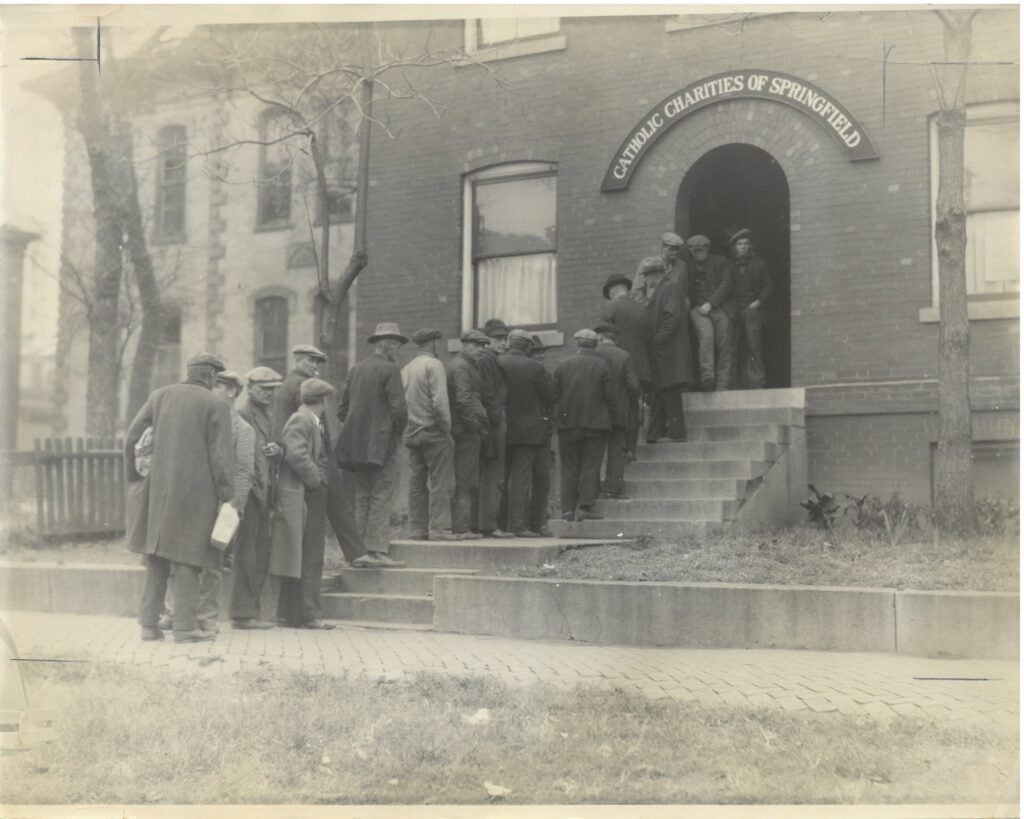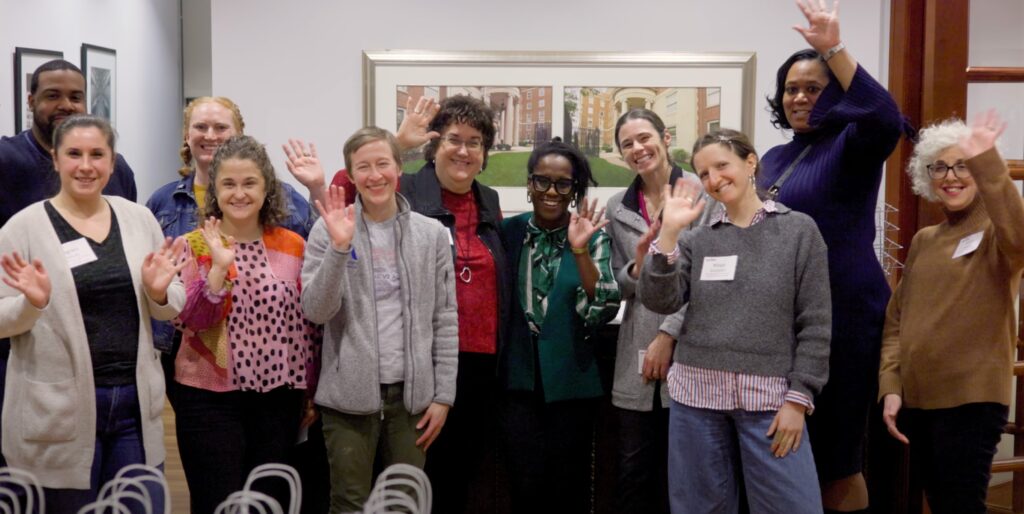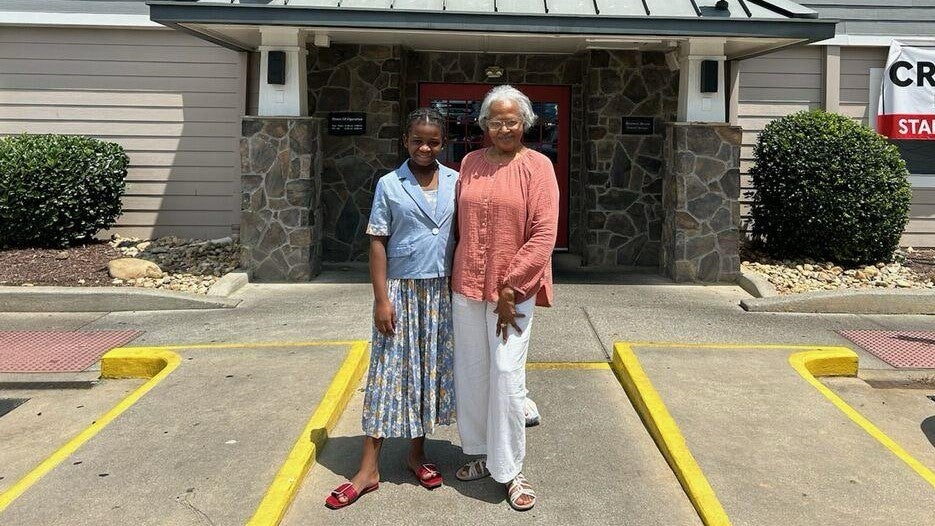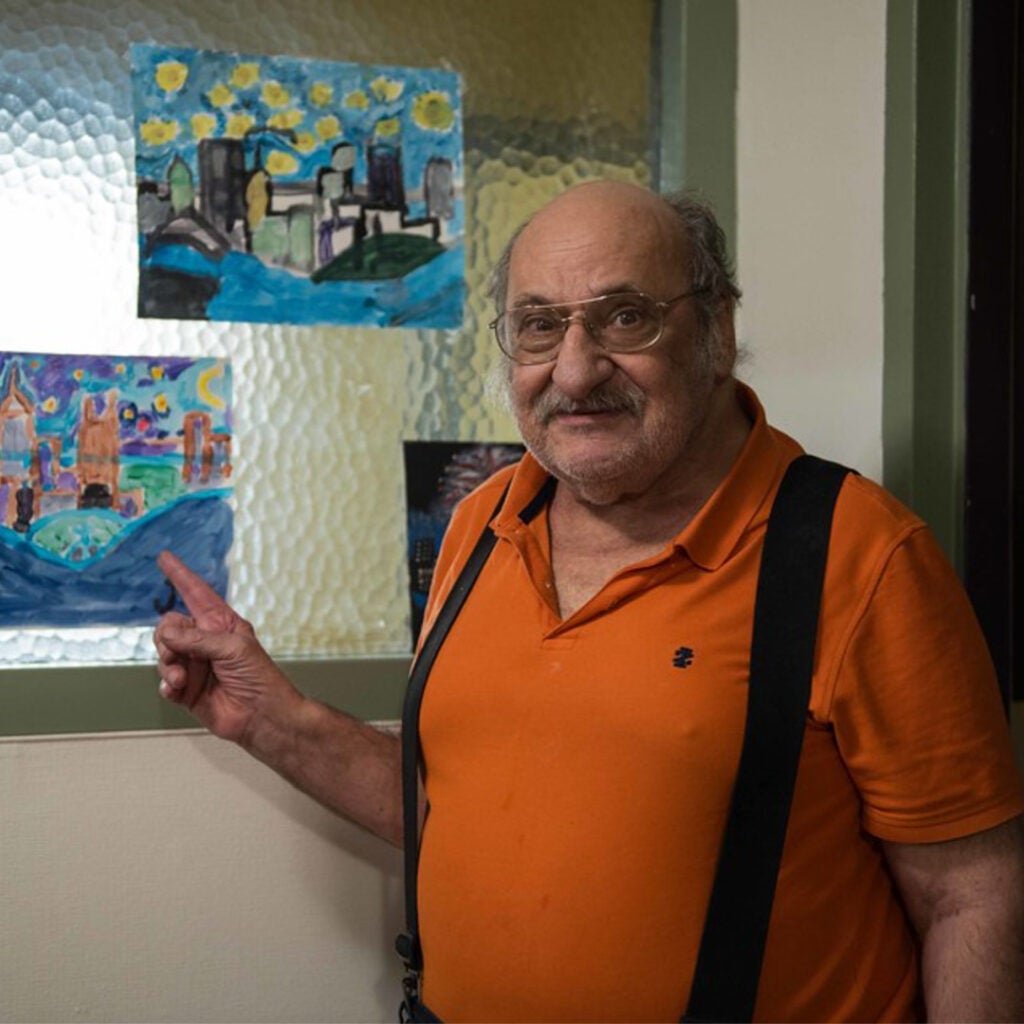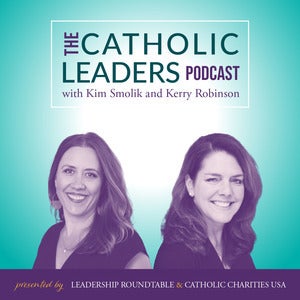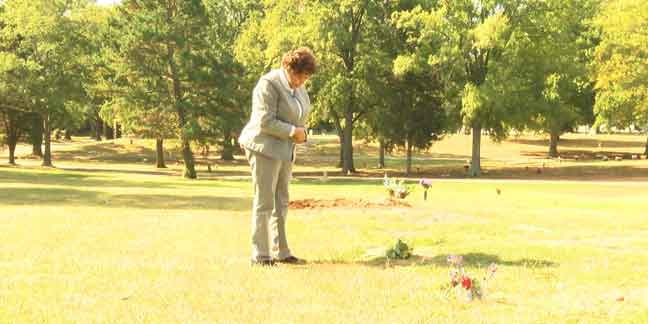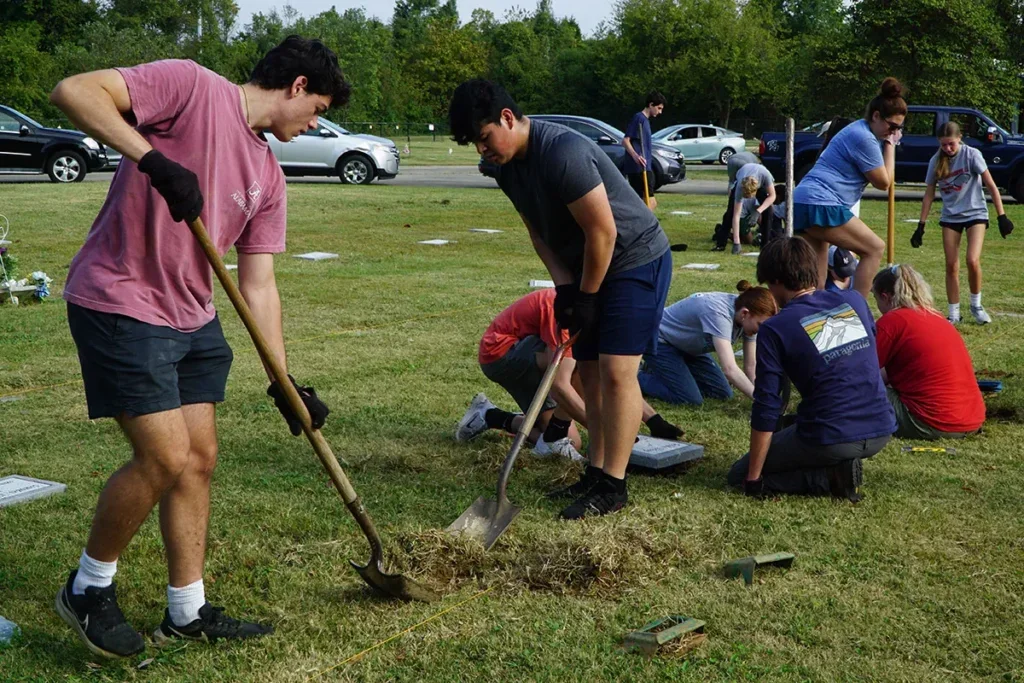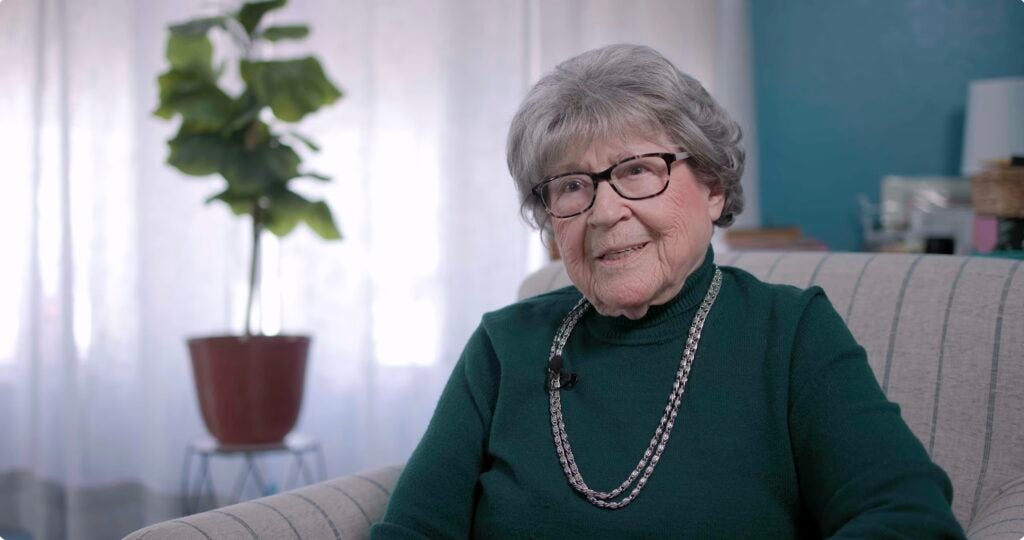
Migrants, refugees, asylum seekers: Catholic aid and terminology explained
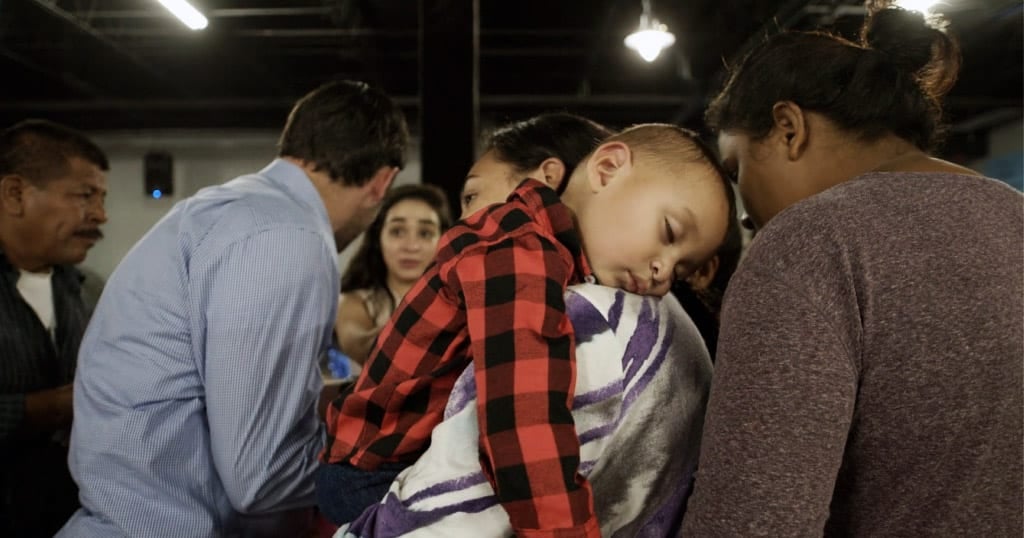
What does it mean to be a migrant?
Migrants are vulnerable people who are fleeing their country of origin — typically because of war, violence, drug trafficking, ecological devastation, collapsing social order, failing economic conditions or other untenable situations that have made living there impossible — and seeking safety and opportunity elsewhere.
The Catholic Church recognizes the right of all nations to control their borders and the flow of migrants within. At the same time, the church recognizes the right of individuals to migrate in search of safety and security, which often means leaving one’s country of origin. Migrants are not always welcomed by other countries, however, as history has demonstrated.
While all refugees and asylum seekers are migrants, not all migrants are refugees and asylum seekers. Let’s take a closer look.
According to the UNHCR (the United Nations Refugee Agency), at the end of 2022, 108.4 million people worldwide had been forcibly displaced “as a result of persecution, conflict, violence, human rights violations or events seriously disturbing public order.” Of those, 35.3 million were considered refugees, 62.5 million were internally displaced (still living within their home country but forced to flee to another region) and 5.4 million were asylum seekers.
What is a refugee?
According to the American Immigration Council:
Under U.S. law, a “refugee” is a person who is unable or unwilling to return to his or her home country because of a “well-founded fear of persecution” due to race, membership in a particular social group, political opinion, religion, or national origin. This definition is based on the United Nations 1951 Convention and 1967 Protocols relating to the Status of Refugees, to which the United States became a party in 1968.
What is an asylum seeker?
An asylum seeker is someone who has presented themselves at the border of another country to ask for asylum there. The right of asylum is provided for by both U.S. and international law.
Refugee or asylum seeker?
The terms “asylum seeker” and “refugee” are often used interchangeably to describe immigrants, but stark differences exist.
The United States is home to a complex refugee resettlement infrastructure. Refugees abroad (many of them living in refugee camps) are designated by the United Nations and the U.S. State Department for acceptance into the country. Resettlement occurs through nine Voluntary Agencies (VOLAGs) — of which the U.S. Conference of Catholic Bishops is one — and their many affiliates (including Catholic Charities USA and the network of local Catholic Charities member agencies) across the United States.
Because of its unique public-private partnership model, the legal status of a refugee upon arrival to the U.S. and an established pipeline that allows for some level of predictability, refugee resettlement is considerably more coordinated than the asylum process. As refugees filter through the various processes required to enter the United States, they are closely supported by a number of entities.
Those entities include the State Department, the Office of Refugee Resettlement (ORR) and one of the VOLAGs and their state affiliates, among others. Fairly sophisticated and robust processes have been established to move refugees through the different systems with relative efficiency, allowing for smoother and better access at their destination to the natural and social supports necessary for people to integrate into their new community.
By comparison, no coordinated system exists for asylum seekers. While asylum seekers are fleeing similar types of persecution and threats to the ones that refugees face, admitted refugees have already completed their initial screening process and obtained an immigration status in the United States — they are “documented” migrants.
Asylum seekers experience a different process. If they are released into the United States interior by the federal government, asylum seekers will typically be given a Notice to Appear (NTA), the charging document that signals the initiation of removal proceedings against an individual.1 Once released from custody, many asylum seekers receive services at a border respite center. These respite centers provide asylum seekers with immediate humanitarian services — food, clothing and shelter. The centers also help asylum seekers plan their travel to their destination location.
While respite centers do attempt to provide information and referral services for asylum seekers to access at their destination, there is no universal referral process. Clients are often provided with a number to the local Catholic Charities office and other similar service providers, but the destination organizations do not know about the potential client’s arrival and cannot prepare appropriately to serve them. Even if a referral is made, it is often to an interior agency that does not have significant capacity to sufficiently serve asylum seekers.
Asylum seekers face overwhelming barriers to reach the U.S. and obtain asylum. Contrary to common misperceptions, asylum seekers are not eligible for federally funded benefits or resources, including the Supplemental Nutrition Assistance Program (SNAP), Medicaid or public housing assistance.2 Employment is not an immediate option—asylum seekers must wait at least 150 days after filing a complete asylum application before applying for employment authorization.
While the majority of asylum-granting nations place certain limitations on rights to work for asylum seekers, the United States is the only country that denies both employment opportunities and federal benefits to asylum seekers.3 The 1951 Refugee Convention designed the right to seek refuge and request asylum; this is the right that signatory countries should adhere to under international law. Yet without access to employment or to benefits—including safe, legitimate options for housing, food and health care—asylum seekers are forced into the margins of our society.
How does Catholic Charities help?
For more than 110 years, the Catholic Charities community in the U.S. has advocated for just and fair policies that help people reach their full potential. Our Catholic tradition teaches that migrants, refugees, asylum seekers and all displaced persons are to be cared for with dignity and respect. Our agencies recognize the inherent dignity of every person, regardless of where they come from or how they arrived in our care.
Catholic Charities agencies offer a continuum of services to those in need, including asylum seekers and refugees.
For asylum seekers arriving at the Southern border, those services may include food, clothing, shelter, transportation support, immigration legal services and case management.
For refugees, services that fall under reception and placement may include assistance with benefits and supportive services, Social Security cards, health care, school enrollment and navigation, English classes, cultural orientation, job training and job placement.
In 2021, Catholic Charities agencies served more than 608,000 vulnerable people on the move via welcoming and integration-specific programming.
1 “Notice to Appear Memorandum,” USCIS: https://www.uscis.gov/laws-and-policy/other-resources/notice-to-appear-policy-memorandum
2 “Overview of Immigrant Eligibility for Federal Programs,” National Immigration Law Center, Updated October 2021: https://www.nilc.org/issues/economic-support/overview-immeligfedprograms/.
3 “At Least Let Them Work,” Human Rights Watch, 12 November 2013: https://www.hrw.org/report/2013/11/12/least-let-them-work/denial-work-authorization-and-assistance-asylum-seekers-united#.

